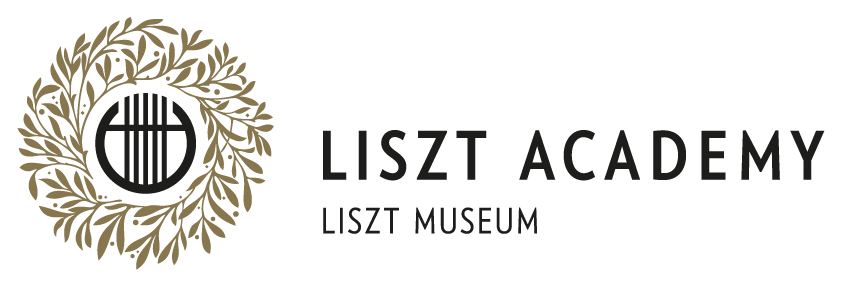Ave Maria: Liszt Museum Foundation received unknown autograph album leaf by Liszt
At the beginning of November 1843, Franz Liszt visited Stuttgart as part of a tour in Central and Southern Germany. Besides several private occasions, he gave five public concerts in the city. Liszt’s first appearance was on 5 November, and his farewell performance (a benefit concert) in the Hoftheater on 21 November. This final concert was followed by a banquet in Hotel Marquardt where Liszt had been staying. He was of course the guest of honour and was awarded the Order of the king of Württemberg on the spot.
The programme of many Liszt concerts cannot be reconstructed. However, according to some descriptions Liszt had well-tried hits as part of his marvelous repertoire that he played at almost all concerts to take the audience by a storm. Such works include his Grand Galop Chromatique, two opera paraphrases (those on Donizetti’s Lucia di Lammermoor and Mozart’s Don Giovanni) and the transcription of the overture to Rossini’s Guillaume Tell. Among the pieces frequently performed are also three Schubert songs. (Unfortunately, it cannot always be ascertained whether Liszt accompanied a singer at the concert or played the songs in his own piano arrangement completed in 1837–1838.) Apart from Liszt’s favourites Erlkönig and Ständchen, Ave Maria beared great emotional significance due to his love for Marie d’Agoult.
The autograph album leaf recently received by the Liszt Museum Foundation shows the harmonic and melodic outline of the first bars of this Ave Maria arrangement. Since it lacks dedication, the album leaf cannot be linked to a particular person but the date suggests that it may have been written in connection with Liszt’s last appearance in Stuttgart (programme unknown). Beneath the date – 21 Nov 1843 –, Liszt indicated the city in his specific spelling as „Stuttgard”. In the five-bar extract, Liszt kept the arrangement’s original tonality of B major, but changed the introduction to another one-bar series of chords.
The album leaf is a donation from the legacy of the Hungarian-born pianist Ágnes Radó, in the USA known as Agi Rado, who died on 22 February 2019. She was born in 1928 in Budapest, received her first music lessons from her mother and performed in public for the first time at the age of 11. She began her studies at the Franz Liszt Academy of Music with Ernő Szegedi and István Antal in 1945 taking private lessons from Leó Weiner and György Ferenczy as well. She made enormous efforts in making the works of her supporter Zoltán Kodály and those of Liszt more popular. She was deported to three concentration camps consecutively, and finally got back as the only survivor of the holocaust from her family. In 1956 she emigrated to the USA, where she became a teacher. From 1970 on she gave solo recitals and appeared at concerts with renowned orchestras regularly on four continents. Her name was engraved in Steinway’s 500,000th commemorative grand piano. She was honoured by the Hungarian Liszt Society and received American awards as well.
We owe special thanks to Barbara Johnson who was entrusted with the handling of Ágnes Radó’s will and taking special care in sending the album leaf as a present to the Liszt Museum. We are also very grateful for the help of the Embassy of Hungary in Washington in transporting the autograph document to Budapest.
Fanni Molnár



